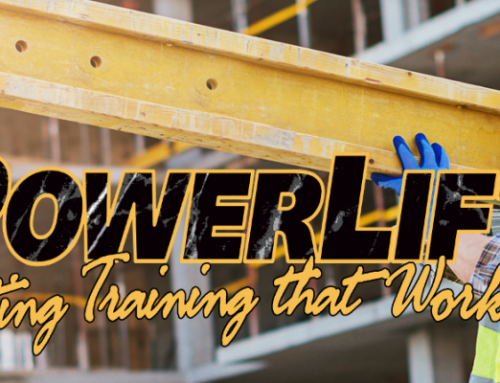“We have about 30% of our workforce retiring in the next five years!” my client said with panic in her voice.
Her panic is well-grounded. In fact, it’s a cry that reflects a disturbing statistic: 10,000 people are retiring every day, and will continue to do so until 2019. And they’re taking their knowledge with them.
It’s one of the biggest challenges for companies today. How will they capture that knowledge so that it can be shared with new and incoming employees?
Many of these companies’ aging employees have some very specific skill sets that were learned and amended over time. Many of these companies are small- to mid-size manufacturing companies. These companies have specific and narrow market niches with unique job performance requirements. But the challenge is not limited to that company type. Such companies may have grown organically. They may have documented their processes and procedures, and may have developed their training programs and systems. Unfortunately, what may have been overlooked is the training for the skills needed to perform the actual jobs. The old peer-to-peer training model just isn’t reliable. This is especially true when employees are retiring faster than new employees can be trained. Alternative training solutions are essential.
The impending and imminent knowledge crisis was what drove my client’s panic. And it begs the question: How can that knowledge be effectively transferred?
To capture this knowledge and experience we employed these 3 techniques:
- We created precise videos of actual job activities.
- We conducted detailed interviews with successful performers.
- We aligned these activities with any documented policies and procedures.
But capturing the knowledge and experience of the retiring employees was only half the solution. We also had to take the needs of our potential learning audience into consideration.
The void left by retiring baby boomers is being filled by the largest generation in the workforce: the Millennials. 1 out of every 3 people in the workforce today is between the ages of 18 and 34. And this generation has very different learning needs from those who preceded them.
With this in mind, we took the videos and interviews and developed eLearning course templates for creating digital content. We applied learning principles, script and story-writing techniques, course and graphic design expertise, appropriate animation, interactivities and experiential scenarios to produce highly interactive courses. These courses allow the learners to practice without endangering themselves or others. The employees can be assessed and certified on their knowledge as well. And, the digital delivery is available just when the new employees need it, in a format they understand and find natural.
An additional bonus is that these job skills are now quantified and can be used for talent management and career path development.
Problem solved.
If you enjoyed this article you might also like Holding on to Your Corporate Knowledge When Shift Happens.





[…] Read the full story by KMI Learning Blog […]